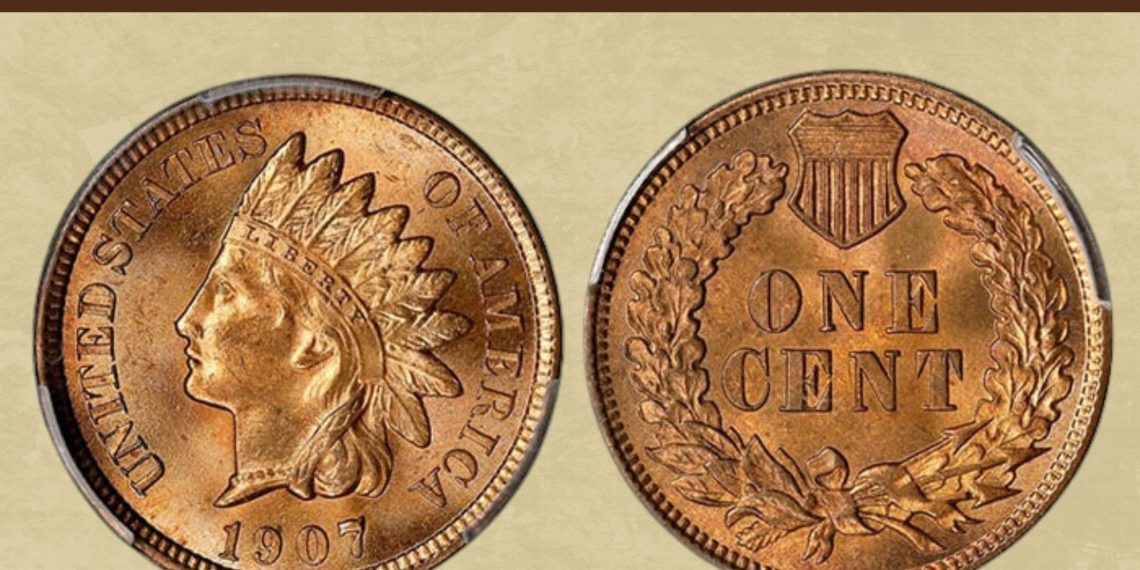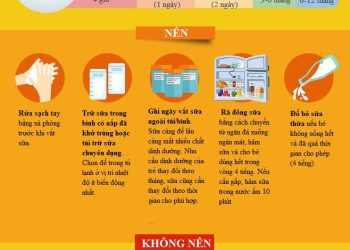The 1907 Indian Head penny typically values around $2 in circulated condition and up to $40 for uncirculated specimens. High-grade error coins, particularly those with repunched dates (FS301 variety), can fetch several hundred dollars. All 1907 pennies were minted in Philadelphia without mint marks. Common errors include repunched dates where numbers overlap, especially in the “9,” “0,” or “7.” Due to high mintage, condition matters most for value—pristine MS65 examples command premium prices. While errors add interest, the coin’s grade remains the primary value determinant for collectors.
That copper penny sitting in your grandfather’s old coin jar might be worth more than a cent. The 1907 Indian Head penny represents one of the final years of this iconic American design, and while millions were minted in Philadelphia, certain examples can fetch prices that surprise even seasoned collectors. Understanding what separates a two-dollar coin from a four-hundred-dollar treasure requires knowing exactly what to look for.
What Makes the 1907 Indian Head Penny Special
The 1907 Indian Head penny holds a unique position in numismatic history as one of the last issues before the Lincoln cent replaced it in 1909. All 1907 pennies were struck at the Philadelphia Mint, which explains why you won’t find any mint marks on these coins. The Philadelphia facility produced these pennies in massive quantities, making them readily available today but also creating an interesting dynamic where condition becomes the primary value driver.
A typical circulated 1907 Indian Head penny in average condition commands around two dollars in today’s market. This baseline value reflects the coin’s copper content and historical significance, but it’s just the starting point. The real excitement begins when you examine coins that survived in pristine condition or feature manufacturing anomalies that occurred during the minting process.
Understanding Grade-Based Value Differences
Coin grading operates on a seventy-point scale, with higher numbers indicating better preservation. For the 1907 Indian Head penny, this grading system creates dramatic value differences. An uncirculated specimen showing no signs of wear can reach values up to forty dollars, representing a twenty-fold increase over its circulated counterpart.
The jump becomes even more pronounced at the highest grade levels. Coins graded MS65 or above, meaning they’re in exceptional mint state with minimal surface marks and strong luster, command premium prices. These pristine examples appeal to serious collectors building registry sets or investors seeking tangible assets with historical significance. The difference between an MS63 and MS65 coin can mean hundreds of dollars in value, despite both being technically uncirculated.
Identifying Valuable Repunched Date Errors
Manufacturing errors from 1907 create some of the most valuable varieties of this penny. The most significant error type involves repunched dates, where mint workers stamped the date multiple times, causing overlapping numbers. This happened when the initial date punch wasn’t positioned correctly, requiring a second or third attempt that left visible doubling.
To identify a repunched date, examine the numbers 1907 under magnification. Look specifically at the “9,” “0,” and “7” for signs of doubling or shadowing. The digit “9” often shows the clearest evidence, with a secondary impression visible beneath or beside the primary number. Some varieties have been cataloged by professional organizations, with FS301 being one documented example that collectors actively seek.
High-grade repunched date varieties represent the sweet spot for value. A common-grade repunched date might add ten to twenty dollars to the base value, but an MS64 or MS65 example with a prominent repunched date can fetch several hundred dollars at auction. This combination of rarity and condition creates the most desirable pieces in the 1907 series.
Why Mintage Numbers Matter for Your Investment
The Philadelphia Mint struck over 108 million Indian Head pennies in 1907, making this one of the higher-mintage years in the series. This abundance has a counterintuitive effect on error premiums. While errors on rare coins can multiply values ten or twenty times, errors on common coins like the 1907 penny add value more modestly.
This dynamic means condition trumps error status for most 1907 pennies. A pristine MS66 coin without any errors will consistently outvalue an average uncirculated coin with a minor repunched date. Collectors have countless opportunities to acquire basic 1907 pennies, so they pay premiums only for exceptional quality or dramatic errors. Understanding this hierarchy helps you make informed decisions when buying or selling these coins.
Maximizing Returns When Selling Your 1907 Penny
Professional grading becomes essential when your 1907 Indian Head penny appears to be in exceptional condition or shows potential error characteristics. Third-party grading services encapsulate coins in tamper-proof holders with assigned grades, providing authentication and market credibility. For coins potentially worth forty dollars or more, the grading fee typically pays for itself through increased buyer confidence and higher realized prices.
Photography matters tremendously in today’s online marketplace. Capture clear, well-lit images showing both obverse and reverse, with additional close-ups of any suspected errors. Buyers want to see the sharpness of Liberty’s feather details, the clarity of the wreath on the reverse, and the overall eye appeal of the coin’s surfaces. Natural lighting works best, avoiding harsh shadows that obscure important details.
Timing your sale around major coin shows or auction events can impact results. Serious collectors attend these gatherings specifically to acquire quality pieces, creating competitive bidding environments. Online auction platforms also provide access to worldwide markets, though they require patience and accurate descriptions to attract appropriate buyers.
Building Your Indian Head Penny Knowledge Base
Start examining every 1907 penny you encounter with a jeweler’s loupe or magnifying glass. This hands-on experience trains your eye to spot the subtle differences between ordinary strikes and valuable varieties. Compare your coins against high-resolution reference images available through numismatic websites and professional grading service archives.
Join online communities where collectors discuss Indian Head pennies specifically. These forums provide real-time market insights, help with attribution questions, and connect you with potential buyers when you’re ready to sell. The collective knowledge in these groups often exceeds what you’ll find in printed guides, especially regarding recent auction results and emerging variety discoveries.
Consider acquiring a few certified examples across different grade levels. Having a professionally graded MS63, MS64, and MS65 coin for comparison helps you accurately assess raw coins you encounter. This reference collection becomes invaluable when making purchasing decisions or evaluating coins from your own holdings.









What makes a 1907 Indian Head Penny valuable?
The Indian Head penny 1907 value is rooted in a turning point for U.S. coinage. Designed by James B. Longacre, the coin shows Lady Liberty in a feathered Native American headdress. In 1907, this penny marked a production milestone: it was the first Indian cent to surpass 100 million coins minted.
What penny is worth $100 million?
The 1914-D Lincoln Wheat Penny, minted in Denver, is highly sought after by collectors due to its rarity. Only a small number of these pennies were produced, and many were worn down over time. Finding one in excellent condition is extremely rare, and as a result, these pennies are valued at $100 million.
How much is a 1907 one penny worth today?
A 1907 Indian Head Penny is generally worth between $2 for a circulated coin in “Good” condition to over $20 for an uncirculated specimen. The value is heavily influenced by the coin’s condition, as well as the presence of any rare varieties or mint errors, with uncirculated examples in high grades commanding significantly higher prices, while circulated ones are worth less but still more than face value.